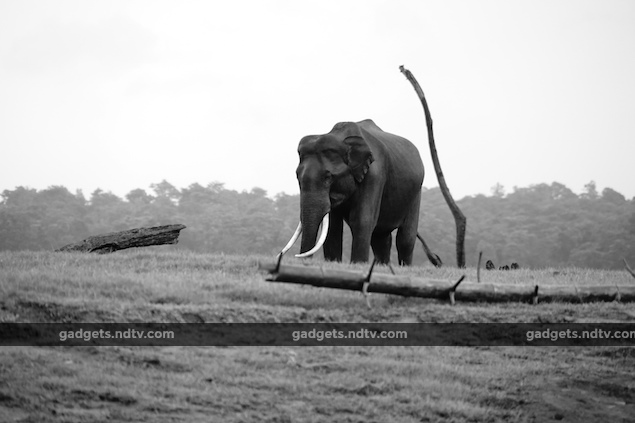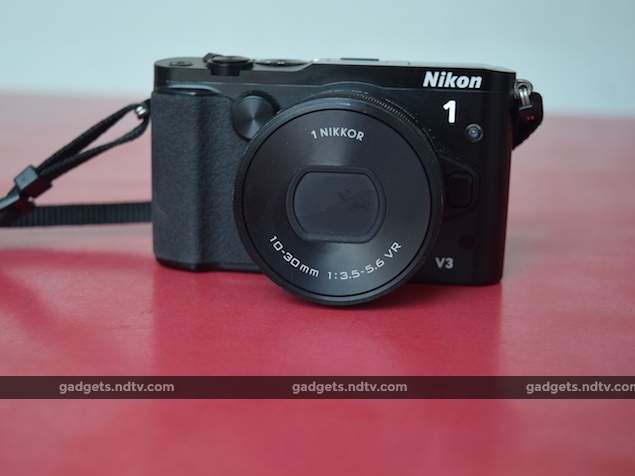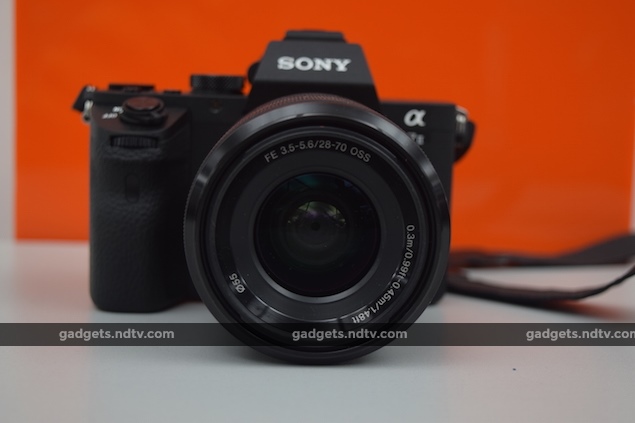[ad_1]
India is a haven for wildlife photographers, amateurs and experts alike. Wildlife reserves, these types of as Bandhavgarh in Madhya Pradesh, Kaziranga National Park in Assam, Jim Corbett Nationwide Park in Uttarakhand, and Nagerhole Countrywide Park in Karnataka, to title a several, give a staggering range of flora and fauna in our nation. Safaris and image excursions are obtainable for lovers to test and capture wildlife like industry experts do, utilizing powerful cameras like DSLRs in its place of our cell phone cameras. We lately got to expertise this, and uncovered some vital wildlife images recommendations along the way from 1 of these execs at a photograph tour organised by Sony India.
Dheeraj Paul, who has over two many years of working experience in skilled images, mentors photographers on particular expeditions. He shared a number of tips with us which could make it less difficult for you to shoot a tiger in Ranthambore or, like in our scenario, a prancing deer at Kabini. Paul firmly thinks, “right before staying a good photographer, you want be a eager observer.” Read through on to know how experts like Paul consider photographs in the wild employing their DSLRs.
(Also see: 7 Easy Recommendations to Take Better Pictures With Your Smartphone)
1. Patience is a virtue
Like individuals, animals are really impulsive. Their twitchy actions can become really difficult to seize. Paul states, “you are not able to ask an animal to pose for you and thus, you will need to wait around for the right light, moment, and motion.”
![]()
Together with persistence, silence also goes a prolonged way. A person should really check out to be as silent as attainable to make sure that animals usually are not disturbed. This will also help you to seize candid thoughts and conduct that make for an enjoyable picture.
2. Constantly be all set for the action
Be ready even before you get into the vehicle for the safari. Paul talked about instances when photographers missed a crucial shot, due to the fact they made a decision to insert the memory card only after achieving the gates of the sanctuary. Animals are unpredictable they can be almost everywhere for a second and missing the extremely subsequent.
So the following time you are on a safari, preserve your eyes peeled for any disturbance in the bushes and at the exact same time try out to listen to appears that are peculiar, and make absolutely sure your digicam is all set to simply click at all times.
![]()
3. Concentrating proper
“Even in the modern day period of autofocus technologies, people today are taking pictures out-of-emphasis for the reason that of lack of comprehending of focussing space and points. Particularly in fast going wildlife photography,” mentioned Paul. For a razor sharp photograph, you need to target on the ideal part of your frame. Paul implies that we keep away from the centre autofocus system. .
In the circumstance of wildlife pictures, focusing on the eye of the animal although composing the shot is the ideal way to go about matters. This suggestion holds legitimate when you are taking pictures an animal/ hen portrait, and not when you want to seize a vast angle shot which also contains the landscape. Try out place focusing, applying which you can place the box right on the eye (in the foreground of your graphic) of the animal prior to capturing the image.
![]()
Handbook focussing is a tricky activity and needs a ton of apply. Cameras like the Fujifilm X100S and Sony Alpha 7 II use anything named emphasis peaking, which is a resource that highlights the regions in focus to determine if a individual issue is fully in concentration. It makes use of a spotlight in pink, yellow or white to point out spots under concentrate. You can invoke the aim peaking method by heading into the normal options of the digicam even before you get started capturing. This can make feeling due to the fact then emphasis peaking will be generally on when you swap to guide target from autofocus.
“In circumstance, from time to time AF fails, specially when the animal is behind a grassland or maybe it is raining, the emphasis peaking selection in cameras aids you to get the essential target indicator employing various peaking colors,” clarifies Paul. “It also implies emphasis spot using the peaking and exhibits the depth of field available in the frame.”
4. Base shutter velocity has to be 1/500 or speedier
The popular challenge with animal and fowl photography is that motion will become blurred due to the fact of making use of sluggish shutter speed. As a thumb rule, retain the minimal shutter pace at 1/500 or faster. This allows freeze actions of animals and ensures that even the speedy actions of animals will be captured.
Of training course, if you are capturing a stable subject matter you can pay for to reduce the shutter speed. Try sticking to the shutter priority manner if you have just began working with the digital camera.
![]()
5. Mastering the publicity is significant
Paul thinks that photographers today shoot blindly and then waste their time on the editing table. It is a known point that a good deal of photographers prefer to shoot underexposed images and appropriate the light later on, applying a image-editing computer software of their alternative. Except you want to do this as well, mastering publicity is important.
Paul clarifies that most wildlife safaris in India transpires during the early several hours of the day or late night, which can make it tough for another person new to pictures to gauge the correct exposure. The photographer desires to established a few critical parameters to regulate depth of light captured – aperture, shutter pace, and ISO (sensitivity of sensor in direction of gentle) manually. This is the most specific way of mastering publicity.
![]()
After again, sticking to shutter priority mode where by one particular can freely alter the shutter speed and the digicam chooses the suitable aperture as for each the gentle readily available. He feels that location metering is a quite dangerous mode to use for wildlife photography due to the fact generally in the forest the background is environmentally friendly, or a darker shade of inexperienced, and in this method the camera’s location meter only will take 1 light-weight looking through from a small spot of the subject to identify how substantially light requirements to be allow in to the sensor.
He advices likely with the multi-phase metering whereby the digital camera reads the mild from various segments of the composed frame and presents an normal publicity of all these segments. It is one of the most reliable strategies of metering, claims Paul. Multi-segment metering mode, out there in most experienced cameras currently, can be discovered in the metering modes alternative inside of purpose configurations of any digicam.
6. Composition and aesthetics
In India, the guides and photographers the two have a tendency to look for for only the most exotic animals. They disregard the rare birds, superb landscapes, and the greenery as a consequence. Paul says, “The tiger is only a bonus.” He advices photographers, to as a substitute, concentrate on the composition and the aesthetics of the body and the issue in front of them.
He provides, “Talking of composition, I are likely to prevent overlapping of topics in my pics. But, sometimes it can final result in imaginative pictures.” Also, enjoying all over with composition also assists produce a dash of humour at times. Paul talks about how he noticed a langur at Kanha Countrywide Park in Madhya Pradesh which had its arms raised upwards in the direction of to the sky. When you see the image, it seems like the langur is praying.
![]()
7. High priced gear is not each point
“Check out all the capabilities of your existing digicam and shoot pictures with your coronary heart and soul rather than making use of shoulder and wallet breaking gear,” says Paul who at times takes advantage of a digital camera with an APS-C sensor just to challenge himself. It is critical to fully grasp the fundamentals of images and focus on them prior to you go about expending large bucks on highly-priced machines you really don’t need.
We adopted these suggestions to click on the pics you see in this post employing a Sony Alpha 7 II with 28-70mm f3.5-5.6 package lens and 70-200mm f/4 G OSS lens. Do you have any good wildlife images strategies? Allow us know by using the responses.
(Disclosure: Sony sponsored the correspondent’s flights and remain for a picture tour in Kabini, Karnataka.)



